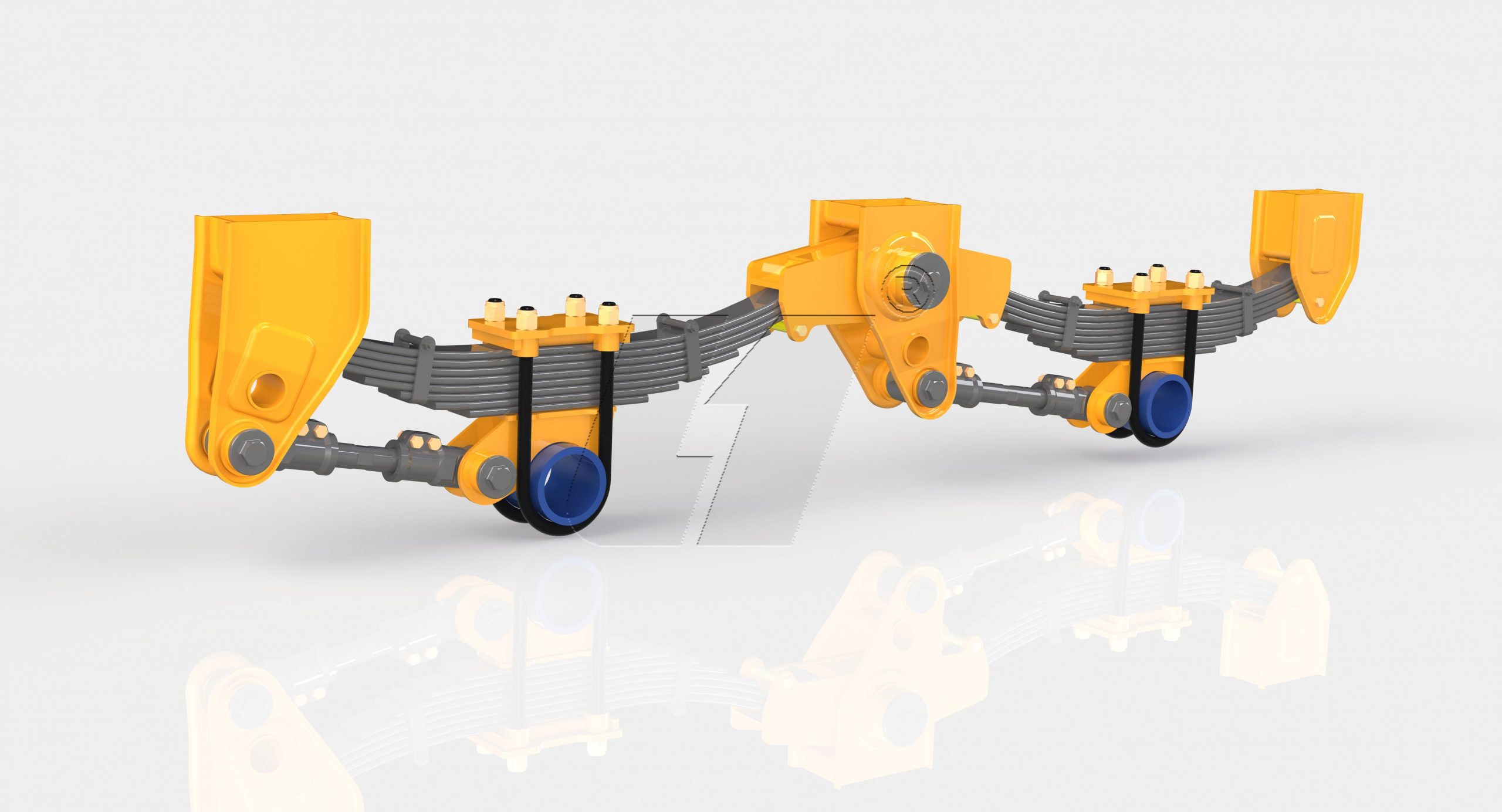What Is the Difference Between Air Suspension and Mechanical Suspension?
Air suspension and mechanical suspension are two distinct systems used in vehicles to provide support, stability, and comfort while driving. While both aim to achieve similar goals, there are fundamental differences between the two. Let’s explore these differences in detail.
Principle of Operation:
Air Suspension: Air suspension relies on compressed air to support the vehicle’s weight and absorb road shocks. It consists of air springs or airbags, oriented arms, air tanks, and shock absorbers. The air springs are typically made of rubber and reinforced with fabric or steel cords. They can be inflated or deflated to adjust the vehicle’s ride height and stiffness.
Mechanical Suspension: Mechanical suspension, also known as conventional or leaf spring suspension, utilizes a combination of metal springs, hangers, and torque arms. The primary components are metal leaf springs, which are stacked and attached to the vehicle’s frame and axle. The leaf springs flex to absorb bumps and shocks while providing support and stability.
Ride Quality:
Air Suspension: Air suspension offers a smoother and more comfortable ride compared to mechanical suspension. The ability to adjust air pressure in the air springs allows for precise control over the vehicle’s height and ride characteristics. It can adapt to different road conditions and load variations, reducing the impact of bumps and vibrations on passengers.
Mechanical Suspension: While mechanical suspension systems can absorb shocks and vibrations, they generally provide a firmer ride compared to air suspension. The leaf springs have a fixed stiffness, making them less adaptable to changing road conditions. Consequently, mechanical suspension may transmit more road imperfections to the vehicle occupants.

Mechanical Suspension For Vehicle
Load Capacity and Adjustability:
Air Suspension: Air suspension systems excel in load-carrying capacity and adjustability. By varying the air pressure in the air springs, the suspension can be stiffened or softened to accommodate different loads. This makes air suspension ideal for vehicles that frequently carry heavy loads or tow trailers. It helps maintain a level ride height and prevents excessive sagging or bottoming out.
Mechanical Suspension: Mechanical suspension systems have a fixed load capacity determined by the strength and design of the leaf springs. They are generally less adjustable when it comes to load variations. Overloading a mechanical suspension can lead to sagging, reduced stability, and compromised handling.
Height Control:
Air Suspension: Air suspension allows for automatic or manual height control. Using sensors and electronic controls, the system can adjust the vehicle’s ride height based on driving conditions, load, and user preferences. This feature is particularly useful for off-road driving, entering low-clearance areas, or improving aerodynamics at high speeds.

Beam Type Air Suspension
Mechanical Suspension: Mechanical suspension lacks automated height control. The ride height remains fixed unless modified manually by adjusting the leaf springs or using auxiliary devices. Consequently, mechanical suspension is less versatile in adapting to different driving scenarios.
Cost and Complexity:
Air Suspension: Air suspension systems are generally more complex and expensive compared to mechanical suspension. They involve additional components such as air springs, air tanks, and shock absorbers. The complexity of the system also means that maintenance and repairs may require specialized knowledge and tools.
Mechanical Suspension: Mechanical suspension systems are simpler in design and typically more affordable than air suspension. They consist of fewer components and are easier to understand and service. Repairs and maintenance can often be carried out with basic tools and skills.
In summary, air suspension provides a smoother ride, superior load-carrying capacity, adjustable height control, and enhanced adaptability to varying road conditions. However, it is generally more complex and expensive. Mechanical suspension, on the other hand, offers simplicity, durability, and lower cost but may compromise on ride comfort and load adjustability.
For more information, please contact us. We will provide professional answers.


